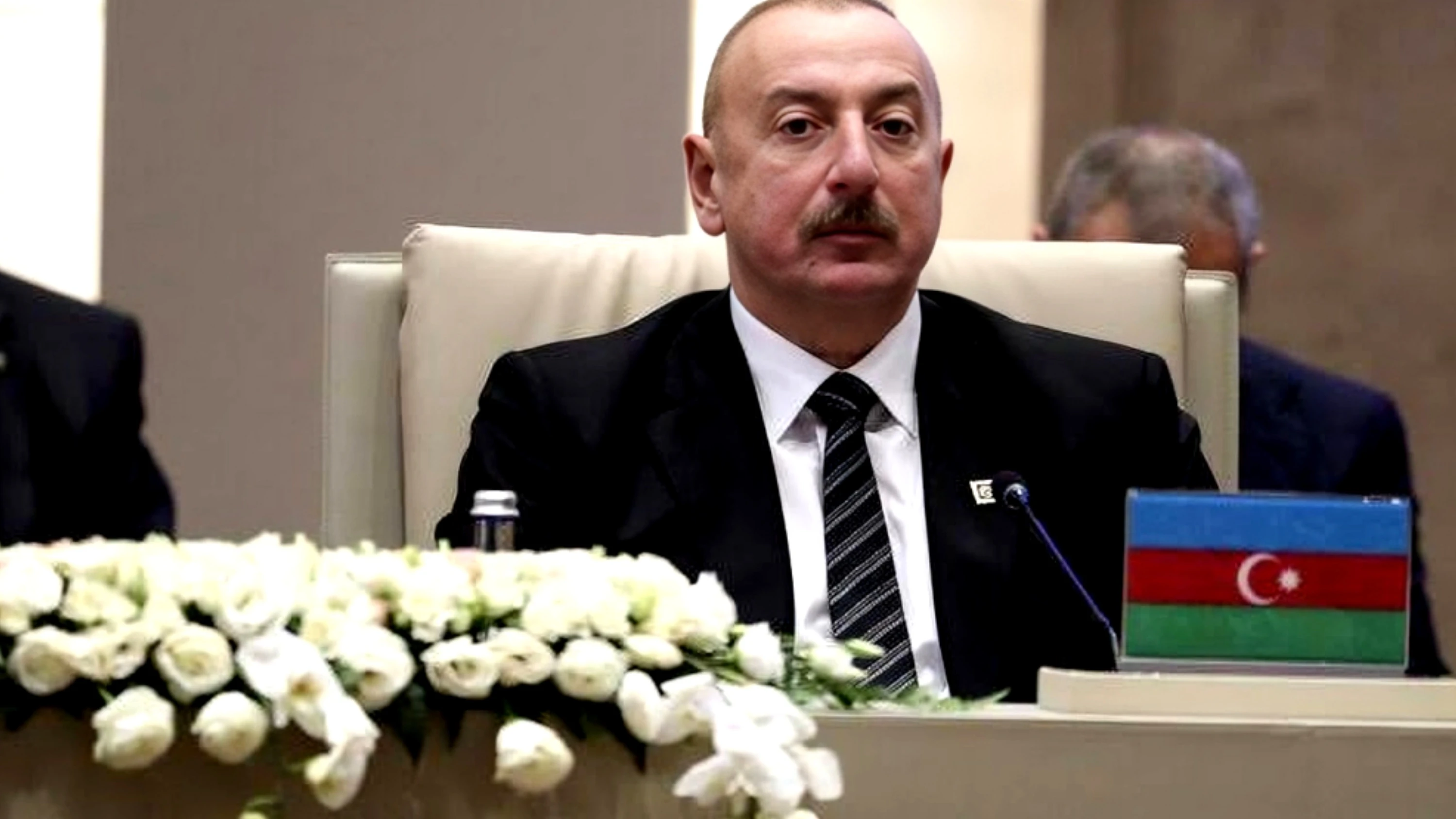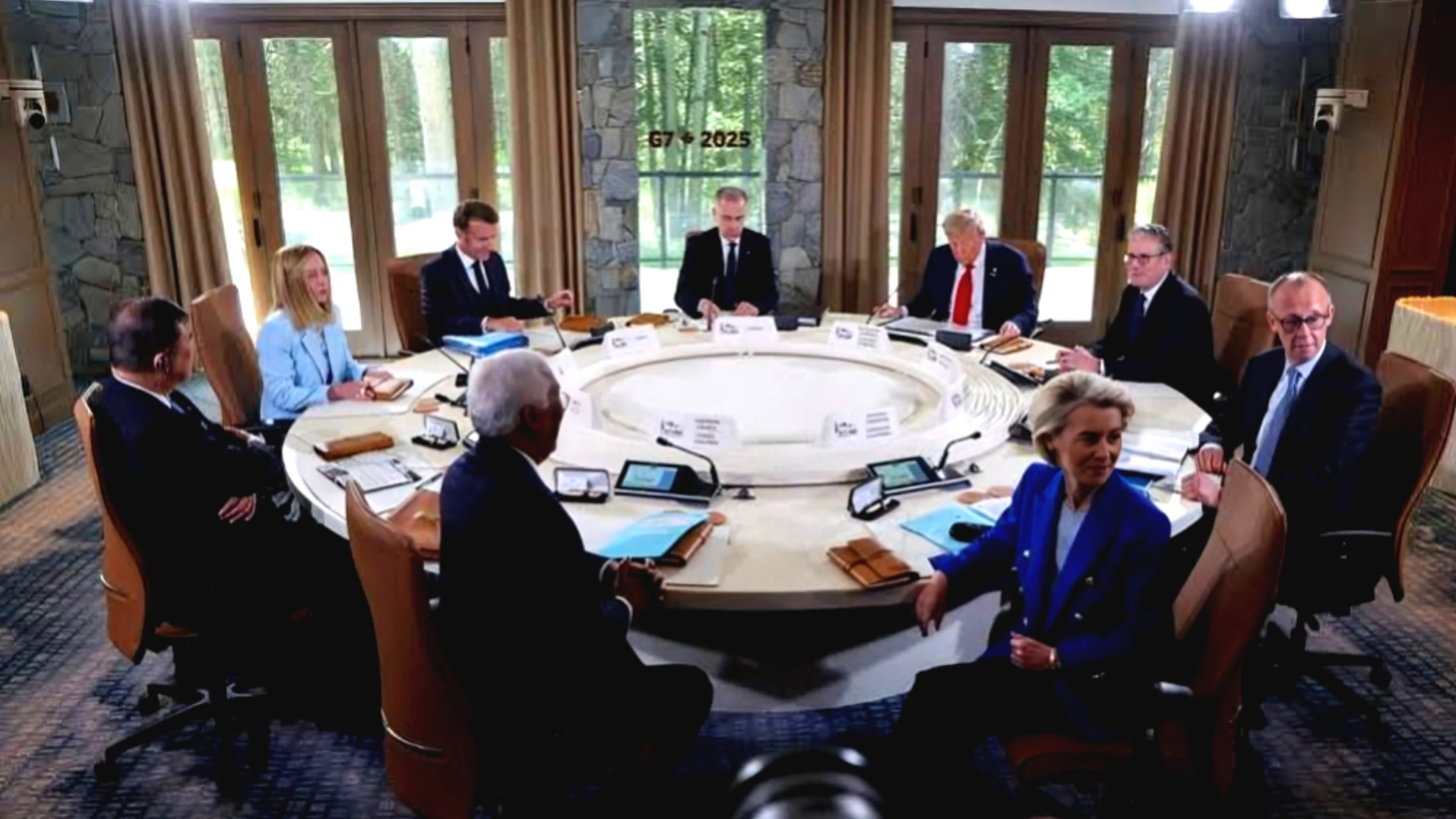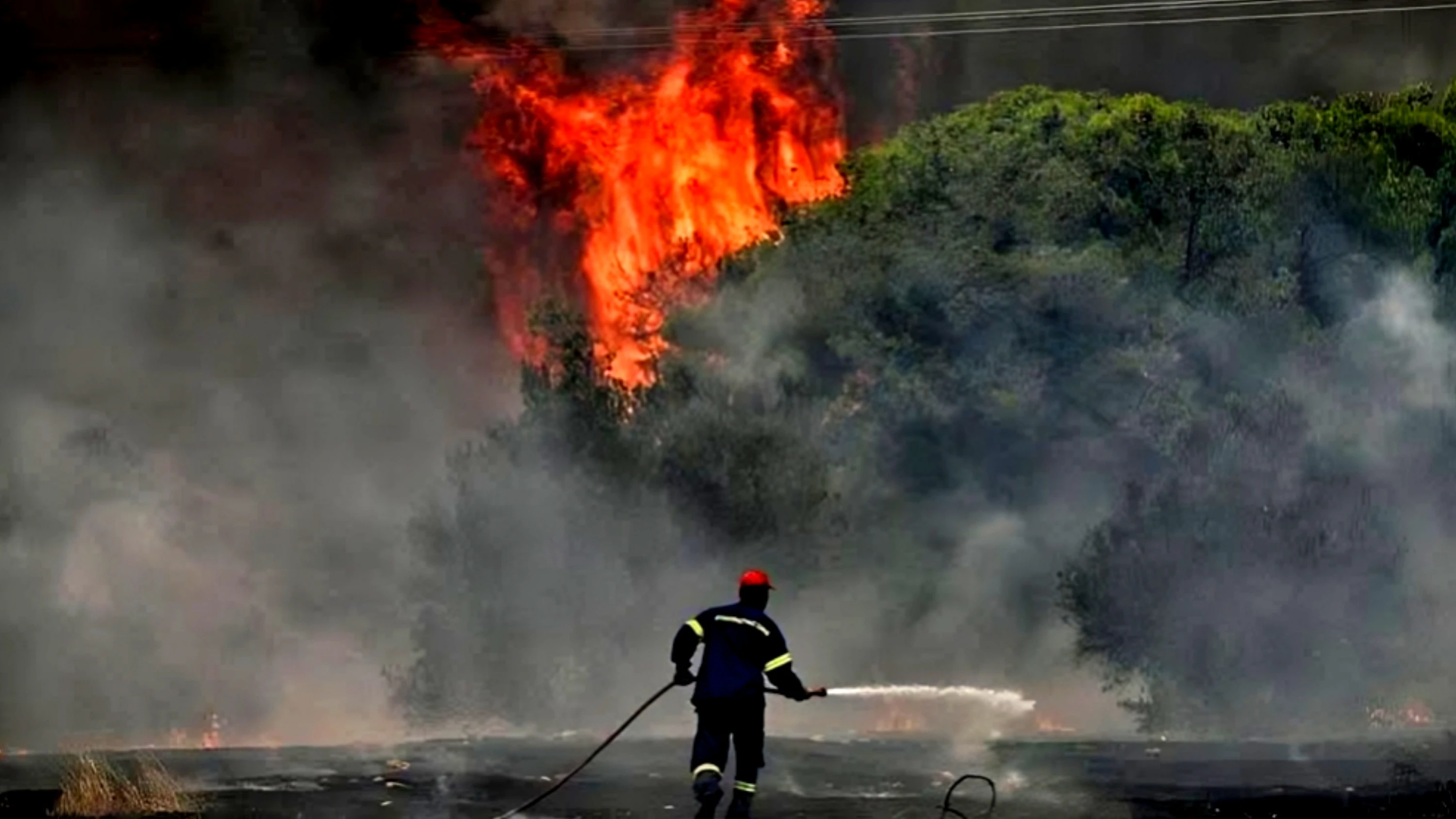Washington: U.S. President Donald Trump announced on Wednesday that he would issue an executive order directing the transfer of 30,000 undocumented migrants with criminal records to the Guantanamo Bay detention facility.
The order will instruct the Department of Defense and the Department of Homeland Security to prepare the prison to house these detainees.
Guantanamo Bay is infamous for detaining high-profile terror suspects, particularly those linked to the September 11, 2001 attacks.
"Some of these people are so bad that we can't even trust their own countries to keep them. We don’t want them back in the United States," Trump stated. "That’s why we’re sending them to Guantanamo... This will immediately double our capacity."
Trump emphasized the difficulty of escaping from Guantanamo, implying that it is an ideal facility for holding such migrants.
Additionally, Trump signed the Laken Riley Act, his first piece of legislation in his second term. Named after a 22-year-old nursing student who was murdered last year by an undocumented Venezuelan migrant, the law strengthens federal powers to detain and deport illegal immigrants.
While Trump has signaled the transfer of such migrants to Guantanamo bay, it remains unclear how the administration plans to house these migrants in Guantanamo.
Homeland Security Secretary Kirstjen Neum stated that the White House is working on utilizing existing resources at the facility.
"We will go through the necessary steps... The government is working with lawmakers to secure funding for this initiative," Neum said, without specifying the expected budget.
A White House spokesperson, speaking anonymously, confirmed that Trump had signed a memorandum regarding the migrant transfers. Unlike an executive order, a presidential memorandum does not require publication in official government records.
Tom Homan, the official responsible for overseeing U.S. borders, stated that the Coast Guard is now authorized to intercept illegal migrants at sea and send them directly to Guantanamo.
"This facility has previously held migrants, and the only necessary adjustment is increasing logistical resources at the center," Homan told reporters.
According to a 2024 report by the International Organization for Migration (IOM), the U.S. has detained dozens of undocumented migrants at the Guantanamo Operations Center, where conditions reportedly resemble a prison. The IOM has urged Congress to investigate alleged human rights violations and called for the closure of all detention centers for migrants.
U.S. Defense Secretary Pete Hegseth defended Trump’s policy, stating that Guantanamo is "the best place for criminal migrants" and that the facility can hold undocumented individuals until they are deported.
Recent reports indicate that the U.S. Immigration and Customs Enforcement (ICE) agency has recorded an average of 710 migrant arrests per day between Thursday and Monday. This figure is double the daily average over the past year.
The Guantanamo Bay prison, established in 2002 following the U.S.-led invasion of Afghanistan, has been a source of controversy. Both the Obama and Biden administrations attempted to shut it down, but Trump has instead sought to expand its use.
Human rights organizations argue that the facility symbolizes the U.S. government's disregard for human rights, as many detainees have been held without trial or formal charges.
"Sending migrants to Guantanamo will create a human rights crisis," warned Suh Hendriksen, head of a leading human rights advocacy group.
Trump’s decision to transfer migrants to Guantanamo is likely to spark legal and humanitarian debates, as critics raise concerns over due process and human rights. With border detentions surging and immigration policy becoming a key political issue, the move is expected to face scrutiny from lawmakers and rights organizations alike.








